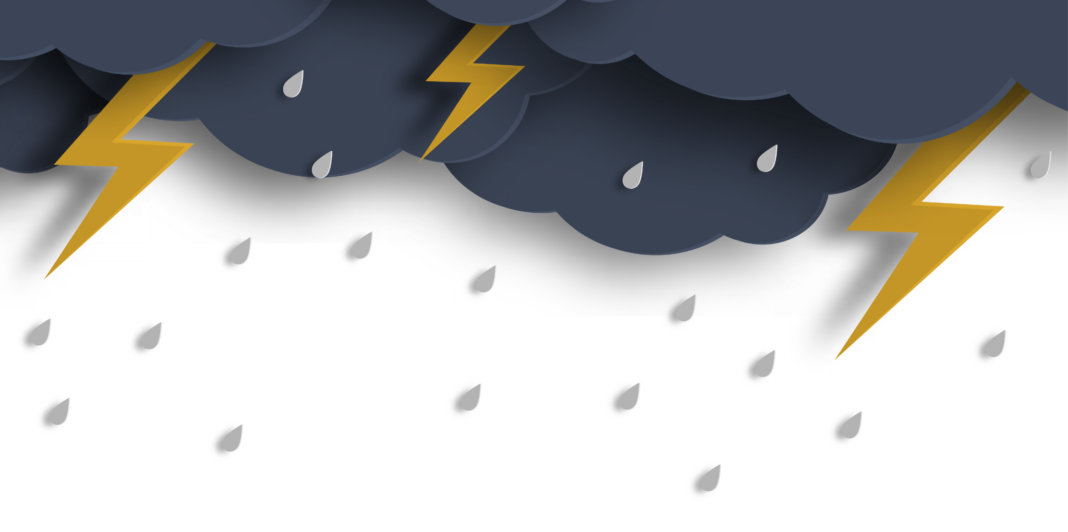Don’t Get Soaked:
Why Homeowner’s Insurance is Vital in Texas During Storm Season
Texas and storms go hand-in-hand. From hurricanes churning in the Gulf to spring tornadoes, severe weather is a fact of life for Lone Star State residents. Here’s why having the right homeowner’s insurance is crucial during this time.
Know Your Seasons:
The Texas storm season typically runs from June to November, with peak activity in August and September. However, unpredictable weather can bring storms outside this window. Being prepared year-round is key.
Understanding Your Coverage:
Homeowner’s insurance policies come in different flavors. Standard policies cover damage from fire, theft, and vandalism. However, for weather-related events, additional coverage might be needed.
Insurance Tips-
Your insurance carrier requires you to maintain your property: Dead trees that fall are often NOT covered under your home insurance policy. So, have those removed as soon as you notice them.
Be Specific About Your Inventory: When listing damaged belongings, don’t just say “clothes” or “kitchenware.” Provide details like brand names, model numbers, and estimated ages. The more specific you are, the easier it is for the adjuster to value your losses accurately.
Negotiate, But Be Reasonable: The initial settlement offer might not be the final word. You can negotiate for a higher payout, but be prepared to back up your claims with receipts, documentation, or quotes from contractors. Unrealistic demands will only hurt your case.
Don’t Throw Anything Away (Without Approval): It might be tempting to toss out damaged items, but hold off until your adjuster gives the okay. They may need to see the extent of the damage to properly assess your claim. Discarding evidence could delay your claim or even lead to a denial.
Ask Your Agent:
Dwelling Coverage: This covers the structure of your home. Ask your agent if it covers damage from wind, hail, or named storms.
Personal Property: This covers your belongings inside the house. Does it cover damage from storms or flooding?
Additional Living Expenses (ALE): Covers costs if your home becomes uninhabitable due to storm damage.
Deductible Dilemmas:
All Perils Deductible: This applies to most covered events, including storms. Ask your agent for the specific deductible amount for wind/hail damage.
Wind/Hail Deductible: This is often a separate deductible, typically higher than your all perils deductible. It applies only to wind and hail damage.
Replacement Cost vs. Actual Cash Value: Choosing the Right Coverage
When discussing dwelling coverage with your agent, you’ll encounter two key terms: replacement cost and actual cash value (ACV). Understanding the difference is crucial for ensuring your home is adequately covered after a storm.
Replacement Cost Coverage: This pays you the cost to rebuild your home to its pre-storm condition, using today’s materials and labor prices. It’s ideal because construction costs often rise after major storms.
Actual Cash Value (ACV) Coverage: This reimburses you for the depreciated value of your home at the time of the claim. So, if your 20-year-old roof is destroyed, you’ll receive less than the cost to install a new one.
Here’s the takeaway:
Replacement cost coverage offers more comprehensive protection, but it typically comes with a higher premium. ACV coverage is cheaper, but it might not cover the full cost of rebuilding after a storm. Discuss your options with your agent to find the balance between affordability and sufficient coverage for your needs.
Beyond the Basics:
While homeowner’s insurance offers a safety net, consider additional coverage:
Windstorm Insurance: This covers wind damage not included in your standard policy.
Flood Insurance: Standard policies exclude flood damage. The National Flood Insurance Program (NFIP) offers separate flood coverage.
Mitigating the Damage:
If your home suffers storm damage, take steps to minimize further damage:
Document: Take photos and videos of the damage before making repairs.
Protect Your Property: Board up broken windows, tarp damaged roofs, and prevent further water intrusion.
Save Receipts: Keep receipts for any temporary repairs or expenses incurred.
Contact Your Agent: File a claim as soon as possible.
By understanding your homeowner’s insurance and taking proactive steps, you can weather the storm – literally and figuratively. Remember, a little preparation can save you a lot of heartache (and money) down the road.















